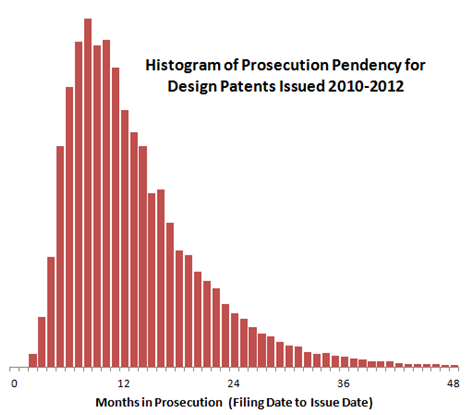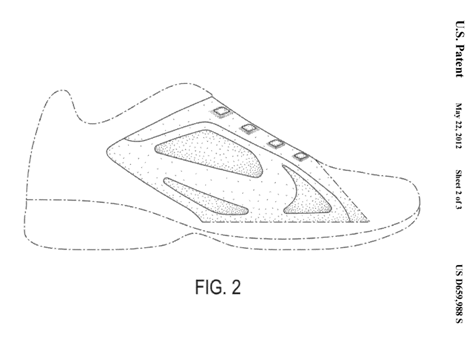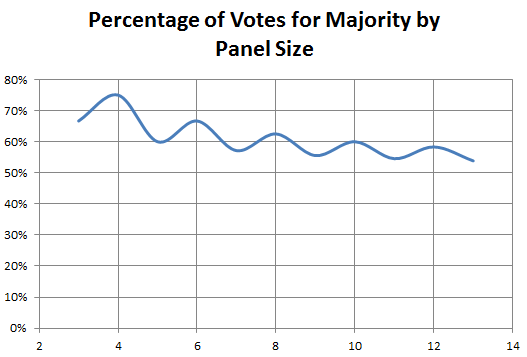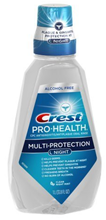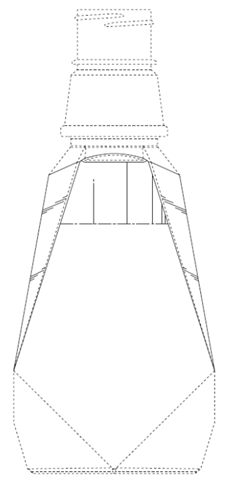By Jason Rantanen
Allflex USA, Inc. v. Avid Identification Systems, Inc. (Fed. Cir. 2013) Download 11-1621
Panel: Lourie, Clevenger, Bryson (author)
Allflex v. Avid involves the situation where a party to litigation settles the case but seeks to preserve its ability to appeal the district court's adverse rulings by structuring the settlement agreement to include a contingency payment that turns on the outcome of the appeal. Here, the Federal Circuit imposes some constraints on parties' ability to avoid mootness through what effectively amounts to a "side bet."
Allflex sued Avid for, among other things, a declaratory judgment that it did not infringe several of Avid's patents. During the litigation, it came to light that Avid and its (former) counsel "should be sanctioned" because they had failed to disclose the existence of reexamination proceedings that were pending with respect to the patents in suit. (Due to the settlement the parties later entered into, no actual sanctions were apparently ever assessed against Avid). The court subsequently granted partial summary judgment on Allflex's inequitable conduct claim, holding that Avid's failure to disclose information about prior public use and an offer of sale was material. The court declined to enter summary jugment on the issue of intent, concluding that a genuine issue of fact remained. (Note: the court's ruling issued a few months before the Federal Circuit's en banc decision in Therasense v. Becton Dickinson.) Shortly thereafter, the parties entered into a settlement agreement under which Avid agreed to pay Allflex $6.55 million.
Comment: it's noteworthy that in this case the patent holder paid the accused infringer a substantial sum of money to settle the case. After skimming through Allflex's Complaint, this does not appear to me to be (at first glance) an instance of a reverse payment, since Allflex's complaint alleged several other claims,including breach of a settlement agreement, against Avid, and Allflex potentially stood to recover monetary sanctions. However, those who are interested in reverse payment cases may wish to take a closer look, particularly in light of the court's statement on p. 13 that "Avid is not and never was at risk of having to pay a monetary judgment on that claim, as inequitable conduct is a defense or an equitable remedy, not a claim for damages, even when it is pleaded as an affirmative claim in a declaratory judgment action."
The settlement agreement contained a contingency clause, however. Avid reserved the right to appeal the district court's grant of summary judgment of noninfringement, as well as the materiality and sanction rulings, and if it was successful in overturning any or all of those three findings Allflex would pay Avid $50,000. Avid did appeal, challenging the district court's rulings on all three issues. Allflex declined to file a brief.
In general, a party who is unhappy with the district court's rulings may not appeal those rulings after it has settled the litigation: the settlement agreement renders the case moot because the parties are no longer adversaries. For example, a patent holder who enters into an agreement with its opponent to settle the case in its entirety after the district court grants summary judgment of invalidity could not subsequently appeal the invalidity ruling.
On the other hand, where the parties agree to a sum of damages that would be paid or not paid depending on the outcome of the case on appeal, a live controversy may remain. Avid's own past illustrates this point: in a separate litigation, it had obtained a jury verdict of $26,981 for a patent that was subsequently held by the court to be unenforceable due to inequitable conduct. The parties settled all issues, but agreed that if Avid prevailed on its appeal of the inequitable conduct issue, it would recover the $26,981 in damages. Avid Identification Systems, Inc. v. Crystal Import Corp., 603 F.3d 967 (Fed. Cir. 2010). Even though the defendant in that case declined to contest the merits of the appeal, the $26,981 was "not a token or arbitrary sum introduced for the purpose of manufacturing a controversy." Id. at 972.
Here, however, the $50,000 did constitute such a "token or arbitrary sum introduced for the purpose of manufacturing a controversy." It did not reflect an actual damages award, as in Crystal Import, nor was it a "reasonable estimate of the value of any of the issues on appeal." Slip Op. at 12. Instead, it was just a number that Avid had hoped would be large enough to persuade the court that a controversy remained. The court found particularly problematic the fact that the $50,000 would be awarded whether Avid prevailed on any one or more of the issues: this indicated that the $50,000 was completely untethered to the value of any one of those issues.
The court's ultimate holding on the issue: "We hold that where, as here, the appellant has identified no relationship between the valuation placed on the appeal and the issues the appellant wishes to challenge, the parties have simply placed a “side bet” on the outcome of the appeal, which is not enough to avoid a ruling of mootness." Slip Op. at 14. There are good reasons for this rule:
When one party wishes to maximize its prospects of prevailing on an issue that has been the subject of a settlement agreement similar to the one in this case, it would no doubt be tempting to set the contingency payment at a level that would be sufficient to avoid the mootness rule of Aqua Marine, yet low enough to avoid encouraging the adverse party to participate in the appeal. As this case demonstrates, that results in the highly unsatisfactory situation in which the court finds itself with a one-party appeal, where there is no adversarial presentation and the court consequently has reduced confidence in any ruling it might enter. In some instances, as we pointed out in Crystal Import, one-party appeals are unavoidable. But where, as in this case, the appellant has failed to satisfy us that the arrangement leading to the one-party appeal reflects the existence of a legitimate, continuing case or controversy, we decline to be a party to the exercise.
